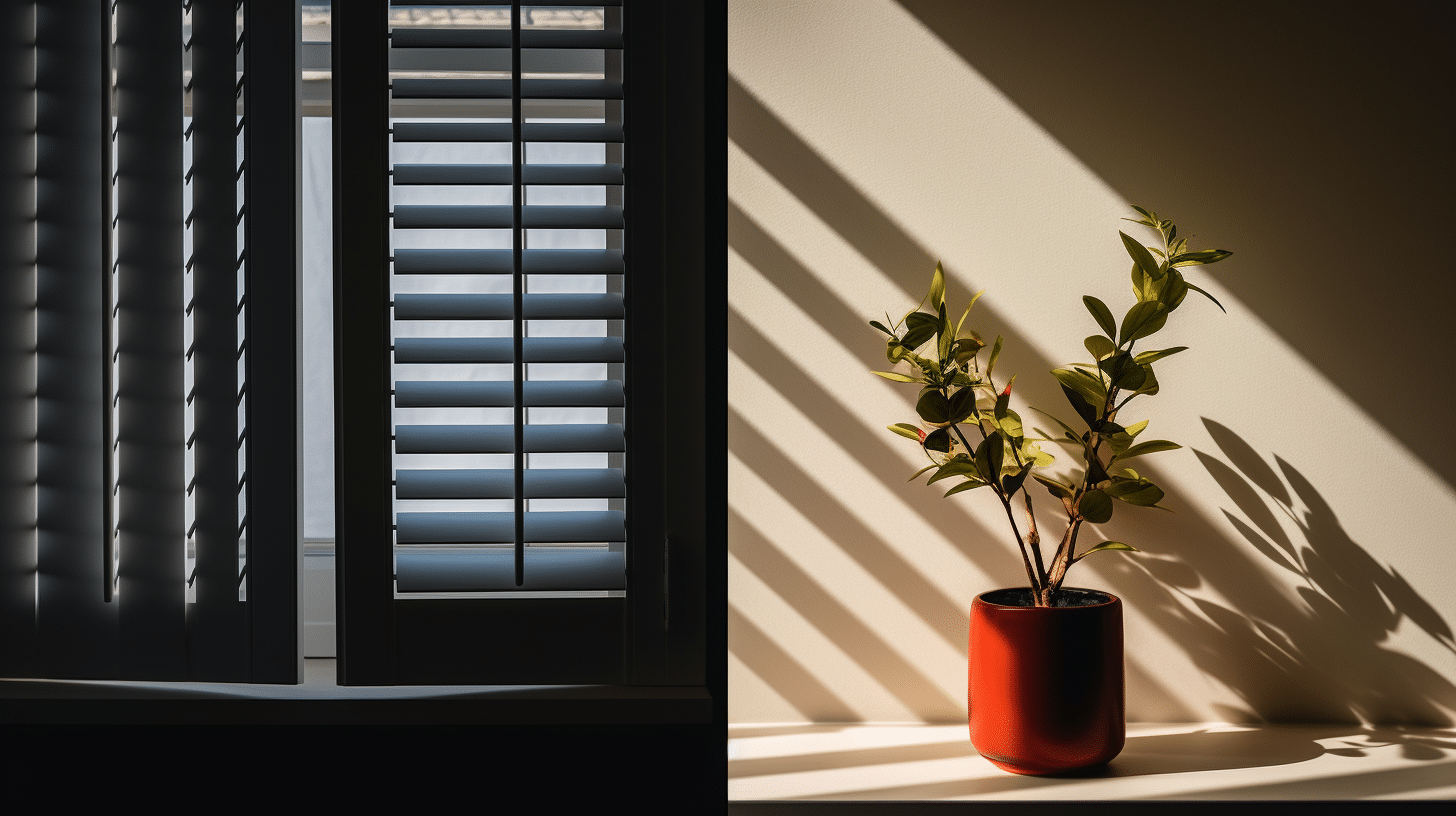Choosing the right window treatment for your home can be a challenging task with endless options available. Two popular choices are blinds and shutters, each offering unique benefits and styles. Today, we will delve into the differences between these window treatments to help you make an informed decision.
Durability: Longevity Matters
When it comes to durability, shutters usually have the upper hand. With proper care, they can last up to 25 years or more, making them a long-term investment for your home. Their sturdy construction often withstands wear and tear better than other window treatments.
On the flip side, blinds typically last around 4-5 years if maintained properly. Despite their shorter lifespan, they offer a cost-effective solution for those looking for budget-friendly options. Remember, the life expectancy of your window treatments may also depend on the materials used and the level of care they receive.
Aesthetics: Setting the Tone
The aesthetic appeal of shutters and blinds differs significantly, impacting the overall ambiance of your rooms. Shutters, often associated with elegance and sophistication, can enhance the look of formal rooms such as living rooms or dining rooms. They come in various styles and colors, allowing you to match them with your interior decor seamlessly.
On the other hand, blinds lend themselves well to less formal rooms like kitchens and bedrooms. Available in a variety of materials and styles, blinds offer versatility and can blend into almost any decor style, from traditional to modern. Whether you prefer the classic charm of wooden blinds or the sleek look of aluminum ones, there’s a blind to suit every taste.
Functionality: Privacy and Light Control
Both shutters and blinds provide excellent privacy and light control, but they do so in different ways. Shutters, with their solid construction, offer superior light blocking when closed. They also allow for flexible light control; you can adjust the louvers to let in just the right amount of light.
Blinds also offer adjustable light control, with slats that can be tilted to varying degrees. However, they might not provide the same level of light blocking as shutters due to gaps between the slats. In terms of privacy, both options can be fully closed for maximum seclusion, making them suitable for bedrooms and bathrooms.
Ease of Maintenance: Keeping Them Clean
Maintenance is another factor to consider when choosing between shutters and blinds. Shutters are relatively easy to clean; a simple dusting or wipe down with a damp cloth is usually enough to keep them looking their best. Their solid surface doesn’t trap dust and allergens easily, which is beneficial for those with allergies.
Blinds, on the other hand, can be a bit more challenging to clean due to their horizontal slats. Dust and grime can accumulate over time, requiring more thorough cleaning. However, many blinds are made of easy-to-clean materials like vinyl or aluminum, easing the maintenance process.
Versatility: Adapting to Window Shapes
If you have non-standard windows, like arched or rounded ones, shutters might be a better choice. They can be custom-made to fit any window shape, ensuring a perfect fit and a clean aesthetic. This makes them an ideal choice for homes with unique architectural features.
While blinds are generally more suited to standard window shapes, some types can be customized to fit unusual windows. However, they might not offer the same seamless fit and finish as shutters in these situations.
Cost Considerations: Investing Wisely
Finally, the cost is a significant factor in the shutters vs. blinds debate. Generally, shutters are more expensive due to their durability and custom-fit nature. They are considered an investment, adding value to your home.
Blinds, while less pricey, offer a budget-friendly alternative without compromising on style or functionality. The cost can vary widely depending on the material and size, allowing flexibility to suit different budgets.
Conclusion
In the battle of shutters vs. blinds, there’s no clear winner. The best choice depends on your specific needs, budget, and style preferences. By considering factors such as durability, aesthetics, functionality, maintenance, versatility, and cost, you can find the perfect window treatment to complement your home and lifestyle with Bumble Bee Blinds. Whenever in doubt, you can always seek help from professionals that will be able to ease your struggles. Happy Decorating!

